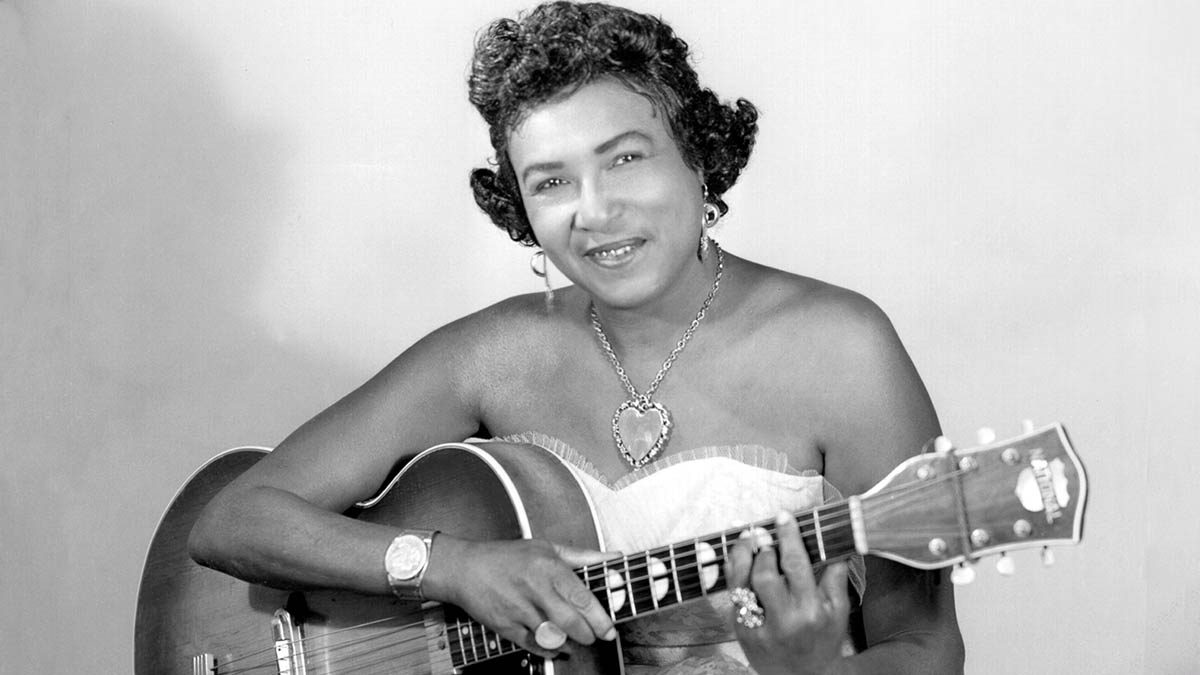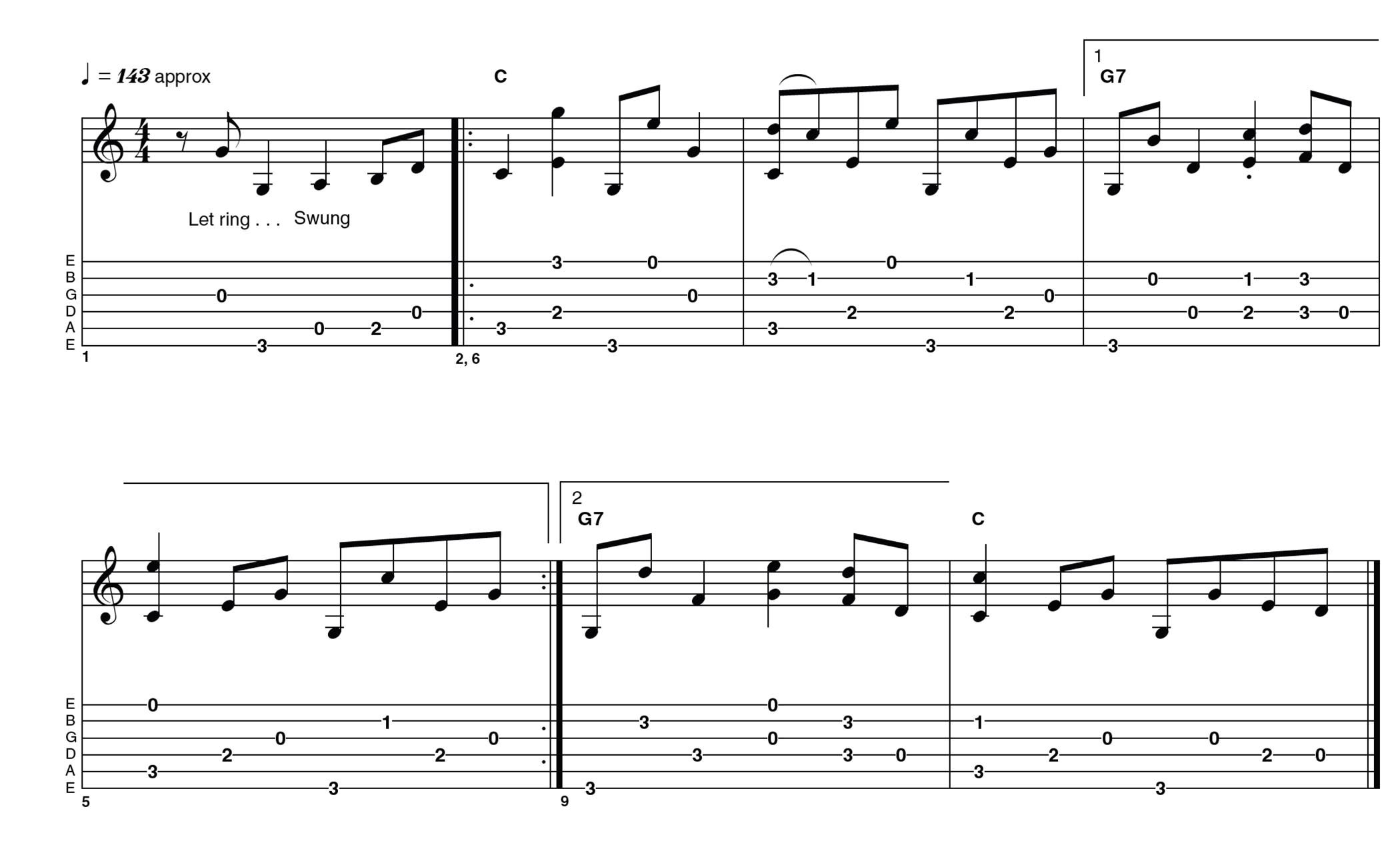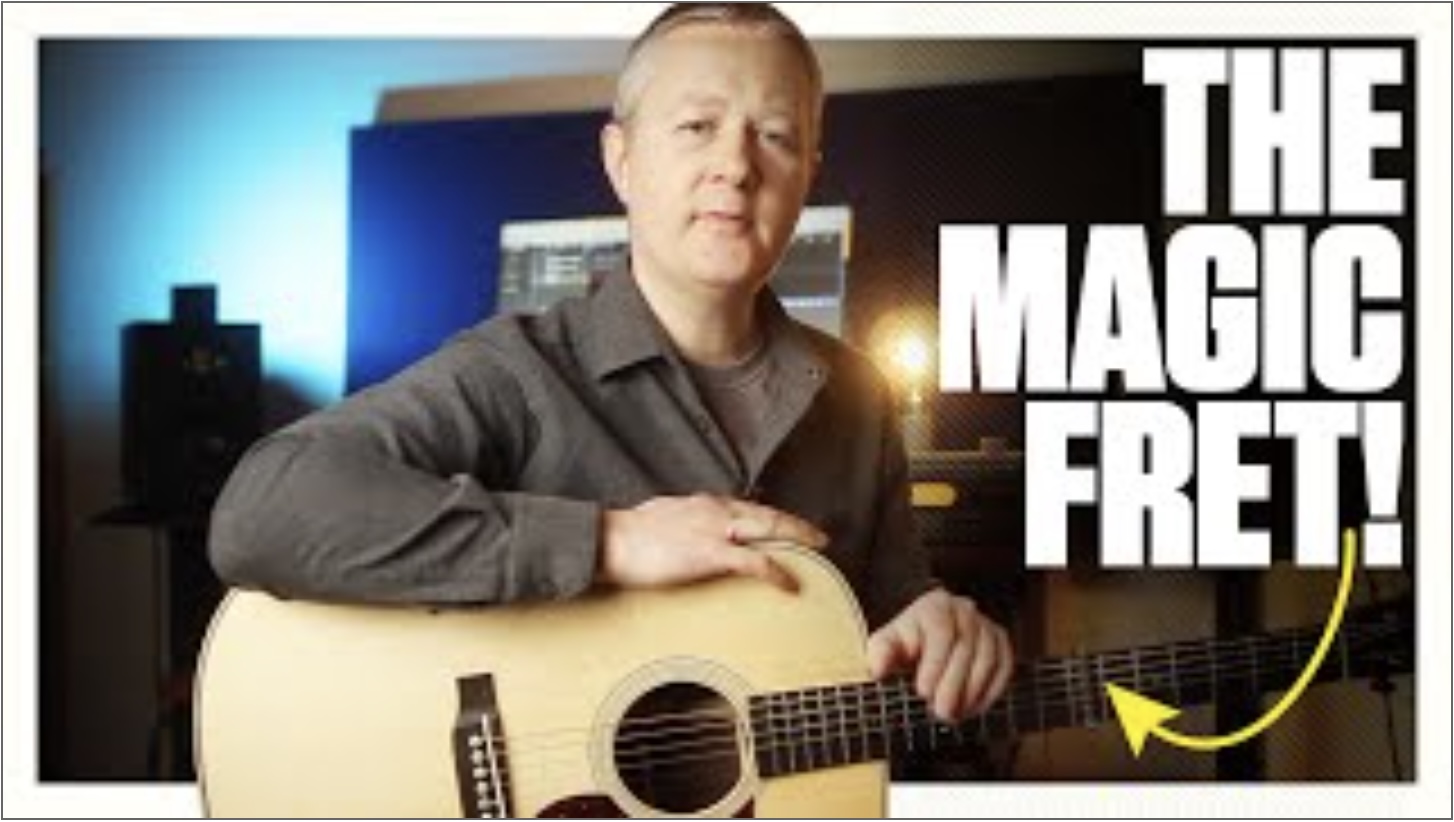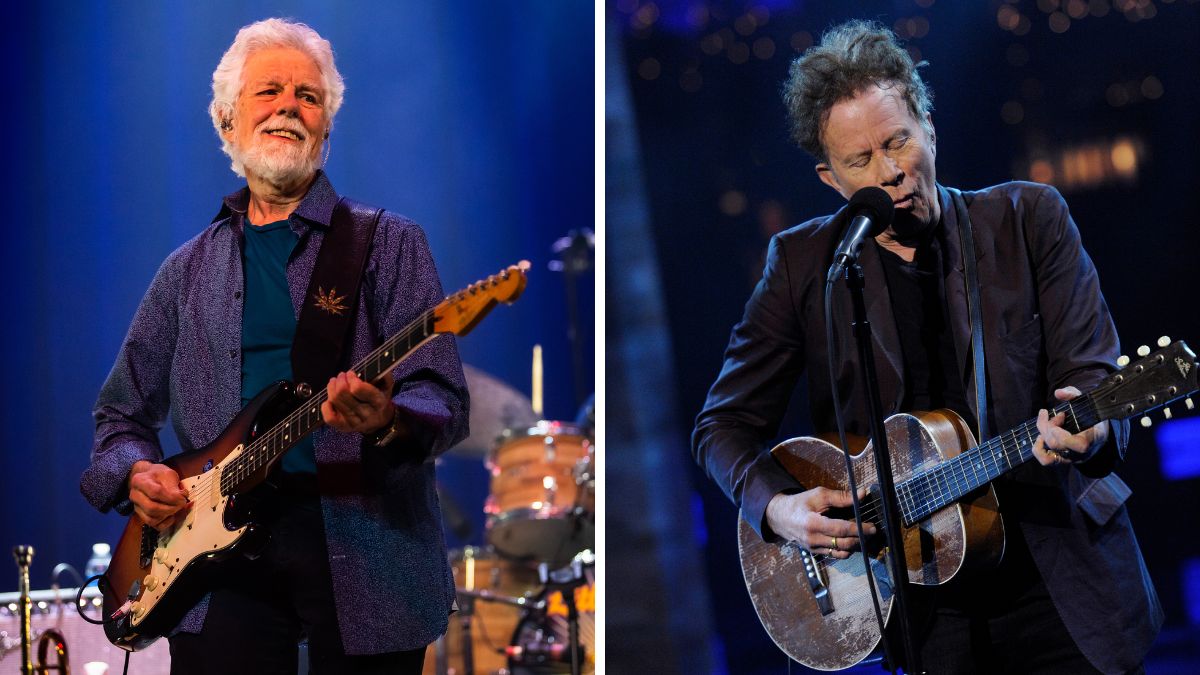How to play ragtime blues guitar
Learn the solo acoustic guitar style pioneered by trailblazing players such as Big Bill Broonzy and Memphis Minnie

As enamoured as we are with loud electric guitars, there is something incredibly satisfying about sitting down with an acoustic and creating a self-contained piece of music without needing to rely on backing tracks, or other potentially unrehearsed/late/loud/expensive musicians!
Though purists will (correctly) point out the differences between ragtime and Delta blues, others will (also correctly) point out that the labels we assign to genres often came along later. Those who created the styles were either unaware of, or unconcerned about, such labels.
The traditional viewpoint is that ragtime was a forerunner of traditional jazz – and while I make no argument against that, I would like to point out it was blues players, such as Big Bill Broonzy and Memphis Minnie who managed to transfer this piano-based music successfully onto the guitar. There are also parallels with country and folk guitar styles, too, but suffice to say this type of playing has a heritage that isn’t worlds apart from the origins of blues.
On to more practical matters. It would be correct to describe the example piece as ‘fingerstyle’ in that there are simultaneous strings being played and it isn’t a strummed chord accompaniment. However, there are a couple of ways this can be played that defy such a simple description. Many ragtime and country players use a thumbpick, giving the advantage of clear, strong bass notes to underpin the softer, more ringing highs.
You can also rake across chords consistently the way you can with a pick. For the recording, I went with a hybrid approach; the pick takes the place of the thumb, with one or more of the remaining fingers handling the chord/melody notes. The advantage is that switching to alternate/flat/crosspicking or strumming is a breeze. See you next time!
Example 1

In this first section, we establish the routine and rhythm of the ‘alternating’ bass notes, which happen predominantly on beats 1 and 3 – though frequently other supporting notes happen on beats 2 and 4. Note that all quavers are swung and that some of these are really grace notes, which help promote the overall swung feel between the solid bass notes.
There is a first and second time bar at play here and you may notice some subtle differences in the repeat of the first couple of bars. This isn’t intentional, but it isn’t a mistake, either. Ideally, you’ll become comfortable enough to allow tiny variations like this to creep in and add interest.
Example 2

The second section begins with this F6 chord, keeping as strictly as possible to the rhythm/bass pattern we have already established. Like Example 1, there are some occasional legato notes in the top line.
In this case, they are hammer-ons in bars 2 and 4. Note also that some of the quaver grace notes enable smoother changes to the next chord. The muted open G string in bar 2 is a good example of this.
Example 3

Staying with the F6 chord, this example then shifts the bass note up a semitone, giving us a D7 with an F# bass. At the end of this second bar, I had meant to use the open G as cover for the change into the next bar, but the open D string twice was fine!
In the last two bars of this section I have deliberately slowed the tempo and played the quavers without a swing feel to highlight this further. I’ve been fairly subtle, so feel free to ‘ham’ this up as much as you like.
Example 4

After a brief restatement of the main theme, this outro also goes with a ‘straight’ feel, rather than swung. I’ve cross-picked this for the tonal consistency this gives, but it is probably easier to play fingerstyle or with a thumbpick in the more classical ‘pima’ style.
This is one of the trickier parts of the piece – you’ll need to pay close attention to how the changes of chord shape are negotiated and camouflaged with ringing open strings.
Hear it here
Big Bill Broonzy – Big Bill Broonzy Sings Folk Songs
Here are some great examples of ragtime, country and blues all colliding, all played on a single guitar with no other backing of any kind. This Train and Tell Me Who demonstrate how the rhythm, bass and chord detail are covered in a single pass.
The most obvious example here is the final track, Glory Of Love, the instrumental of which covers rhythm, bass, chords and melody. This takes plenty of co-ordination and practice!
Rory Block & Stefan Grossman – Country Blues Guitar
Stefan Grossman is an acknowledged authority on this style and, together with Rory Block, this whole album is a fantastic reference point. Start with Devil Got My Woman then perhaps lighten the tone a little with Guitar Blues.
Also worth checking out is the intricate Candyman. You really get the feeling this is what it would have sounded like in the room when artists such as Son House and Robert Johnson were recording
Yes – The Yes Album
This may seem a rather abrupt turn at first, but Steve Howe took a great deal of influence from jazz and ragtime; you only have to listen to his solo acoustic tune Clap to hear this. However, there are also plenty of other moments where you’ll hear this style showing through.
Starship Trooper is a great example, with the acoustic section being pure ragtime, plus some nimble and very inventive Chet Atkins-influenced fingerpicking throughout.
Get The Pick Newsletter
All the latest guitar news, interviews, lessons, reviews, deals and more, direct to your inbox!
As well as a longtime contributor to Guitarist and Guitar Techniques, Richard is Tony Hadley’s longstanding guitarist, and has worked with everyone from Roger Daltrey to Ronan Keating.











![Joe Bonamassa [left] wears a deep blue suit and polka-dotted shirt and plays his green refin Strat; the late Irish blues legend Rory Gallagher [right] screams and inflicts some punishment on his heavily worn number one Stratocaster.](https://cdn.mos.cms.futurecdn.net/cw28h7UBcTVfTLs7p7eiLe.jpg)



